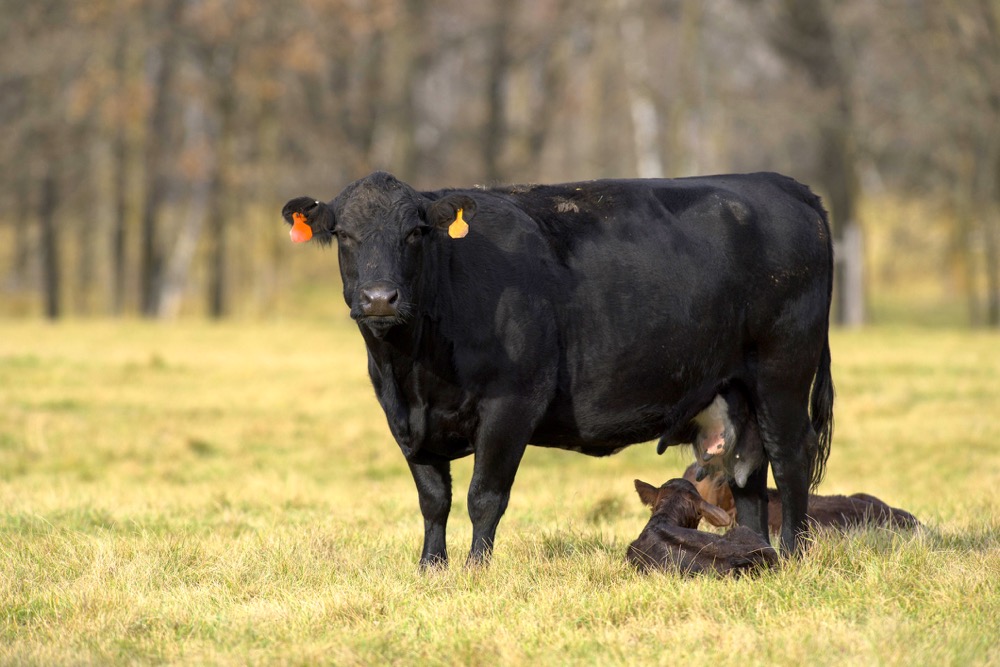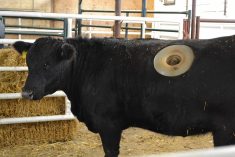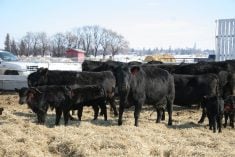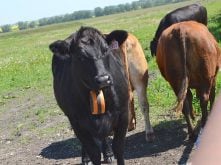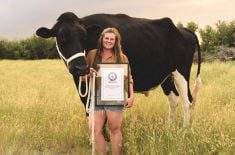Glacier FarmMedia – The Beef Cattle Research Council wants the third and final year of data collection to fill gaps in a national cow-calf cost of production network.
The goal is to allow producers to compare metrics with farms in their region that share the same management practices.

“Are you competitive and comparable with others of a similar production system?” Canfax executive director Brenna Grant asked during a September webinar.
“We have so much variety in the cow-calf sector that sometimes those provincial averages don’t really make a lot of sense. It can be helpful to look at production systems similar to your own and say, ‘are their numbers, in terms of a benchmark, similar or different and is there something that is actually possible for me to strive towards?’”
Read Also

VIDEO: Claas Axion 9 tractors showcase comfort features
German equipment manufacturer Claas showcased its new Axion 9 tractor series, including farmer-focused cab features, at the Agritechnica 2025 machinery show in November.
The network now draws on 46 farms, most of them in Western Canada. Of the 29 benchmark farms in the West, 11 are from Alberta, with herds ranging in size from 60 to 280 head.
The network lacks large herds, Grant acknowledged, noting that more participation from producers running at least 400 cattle would be ideal. Only three farms in the network match that criteria; one in B.C. and two in Saskatchewan.
Year-round grazing systems are another gap, Grant said.
The network also seeks more regenerative systems, purebred herds and grass-finished operations.
During last year’s drought, a feed shortfall assessment was included for all participating farms, Grant said. Feed costs jumped an average of 27 per cent last year for the benchmark farms (and as high as 47 per cent more in the West), and only 12 per cent of network farms were able to cover short-, medium- and long-term costs last year. (Short-term costs are immediate cash costs, medium-term refers to both cash costs and depreciation, and long-term costs include opportunity costs, market value on investments and the farmer’s own land and labour).
In 2020, 32 per cent of surveyed farms met all costs.
Manitoba and Alberta may have better weathered the financial storm, said Grant.
“On average, for farms in Alberta and Manitoba, they were still able to cover their medium-term costs.”
In B.C., Saskatchewan, Ontario and the Maritimes, benchmark farms were only able to cover short-term costs last year.
Part of the reason could be herd size, Grant said. Across the network, about 89 per cent of farms running 200 to 300 head and 75 per cent of farms with more than 300 head have been profitable in years where data was collected. Below those numbers, profitability fell to 50 per cent or below.
However, some operations with fewer than 100 head are “cost competitive with operations that are over 200 or over 300 head,” Grant said. “It is definitely possible and we do have benchmark farms that are able to do that… While there are definitely economies of scale, there are other factors that do impact this.”
One appears to be cow size. Farms in the highest profit bracket had larger herds (an average of 308 head) but also produced lighter cows (an average 1,330 pounds) compared to those in the lowest-profit bracket (127 head with mature cow weights of 1,376 lb).
Another insight puts less emphasis on the type of feed.
Any feed can be high or low cost, Grant said, as shown in network data. Information from 2020 and 2021 suggested that, while silage-hay mixes seemed more consistently profitable, feeds such as plain hay, plain silage or annuals had a more even split between profitability and loss in the medium term.
“If you are aiming to be a low-cost producer, you really need to aim for less than $800 (per cow) on the cash cost side, and less than $1,200 on the total cost side,” she said.
Network-wide, average cash costs per cow were $924 for cash costs, with $1,518 for total costs.
Producers have until November to sign up to participate in the final data set of the network. They will only have to produce data for the initial collection, and then will have five years before the network returns to update the farm’s information.
More information on the network can be found at the council’s website.
– This article was originally published at the Manitoba Co-operator.


